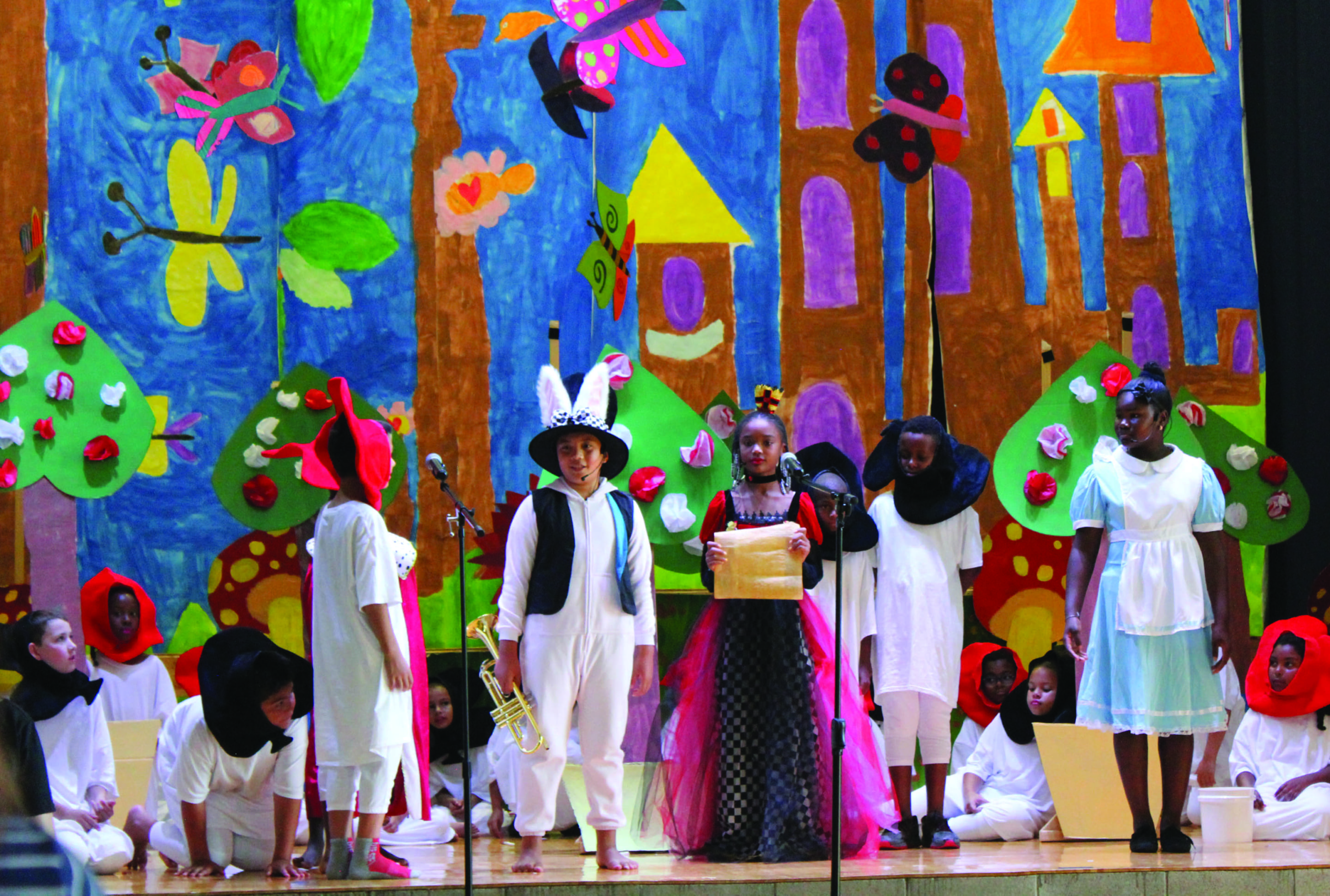EARLY CHILDHOOD
The School endeavors to secure future success by beginning to lay a solid foundation in the early years with a balanced, developmentally appropriate approach that combines direct instruction with supporting children’s inquiry and wonderment.
The Junior Kindergarten and Kindergarten programs seek to promote readiness for the challenging Waterside elementary curriculum. The School recognizes that young children learn best through hands-on experiences and it provides its students multiple opportunities to engage in creative problem-solving; to develop interpersonal skills; to support emerging literacy and oral language; to improve visual and mathematical reasoning skills; and to develop fine-motor skills.
-
The CurriculumExpand
The early childhood curriculum focuses on laying a solid foundation for a lifetime of learning. The Junior Kindergarten curriculum is designed around the observed interests and needs of the children while adhering to and maintaining specific learning standards. The Kindergarten program begins to prepare its students for the increased structure of an academic program, while honoring the developmental needs of young children. Both grades seek to foster the following dispositions: curiosity, flexibility, creativity, critical thinking, a sense of purpose, reflection and social learning.
-
LiteracyExpand
The Junior Kindergarten program embraces a phonological and whole-language approach to literacy. Intentional learning experiences support understanding of concepts of print, different kinds of texts, elements of a story, the sequencing of events and stories, story comprehension and retell, making connections between stories and own experiences or other stories, identifying and generating rhymes, identifying sounds of letters and initial sounds of words, listening skills, and writing to convey meaning.
These skills are reinforced in Kindergarten, where formal reading instruction begins. Teachers introduce the PAF reading program, a research-based multisensory approach that integrates spelling, reading, and handwriting.
-
Early MathematicsExpand
The School employs the Singapore Math curriculum. Both Junior Kindergarten and Kindergarten explore the concepts of: understanding of quantity; number recognition; equalities/inequalities; recognizing and creating patterns; defining sets by shared attributes; measuring objects with a variety of tools; graphing data; size, shape, and attributes of geometric figures; estimations; use of mathematical terms.
The Junior Kindergarten explores these concepts through hands-on experiences. The Kindergarten studies similar topics with increased pictorial and abstract representations.
-
The Project ApproachExpand
The Project Approach weaves curriculum standards into an in-depth study of a topic that is tangible, authentic and relevant in children’s lives. The Project Approach promotes research of primary sources based on children’s line inquiry, enabling children to become their own agents for learning. A study of a given topic culminates in a final project that reflects the students learning, and their learning process. The topics presented engage students in science and social studies content. Past topics have included: Ants, Seeds, Rocks, Airplanes, Our Neighborhood, and The Beach.
-
Creative PlayExpand
Play has multiple cognitive and social benefits for our youngest learners. Teachers link dramatic activities to characters, story lines, and themes in children’s literature, promoting language and literacy development. Teachers also utilize mathematical and scientific terms when relating with children about their structures in the block area. Both areas are key to social studies as the children’s creations and recreations mirror the world they see and are a window into a child’s experience and knowledge. Play provides natural opportunities for problem solving, critical thinking, social interaction, character development, self-regulation, managing frustration, and developing perseverance.

Instagram